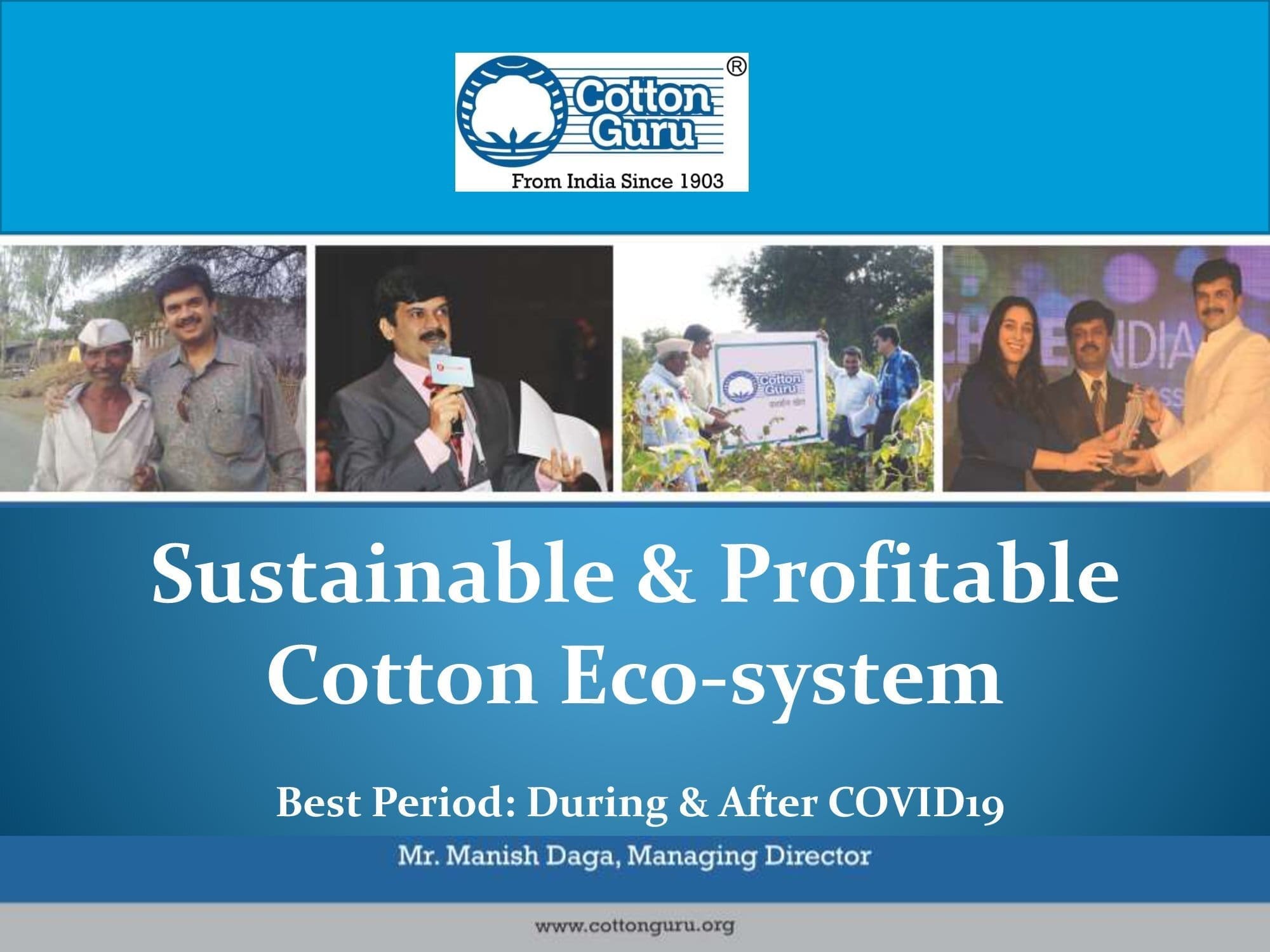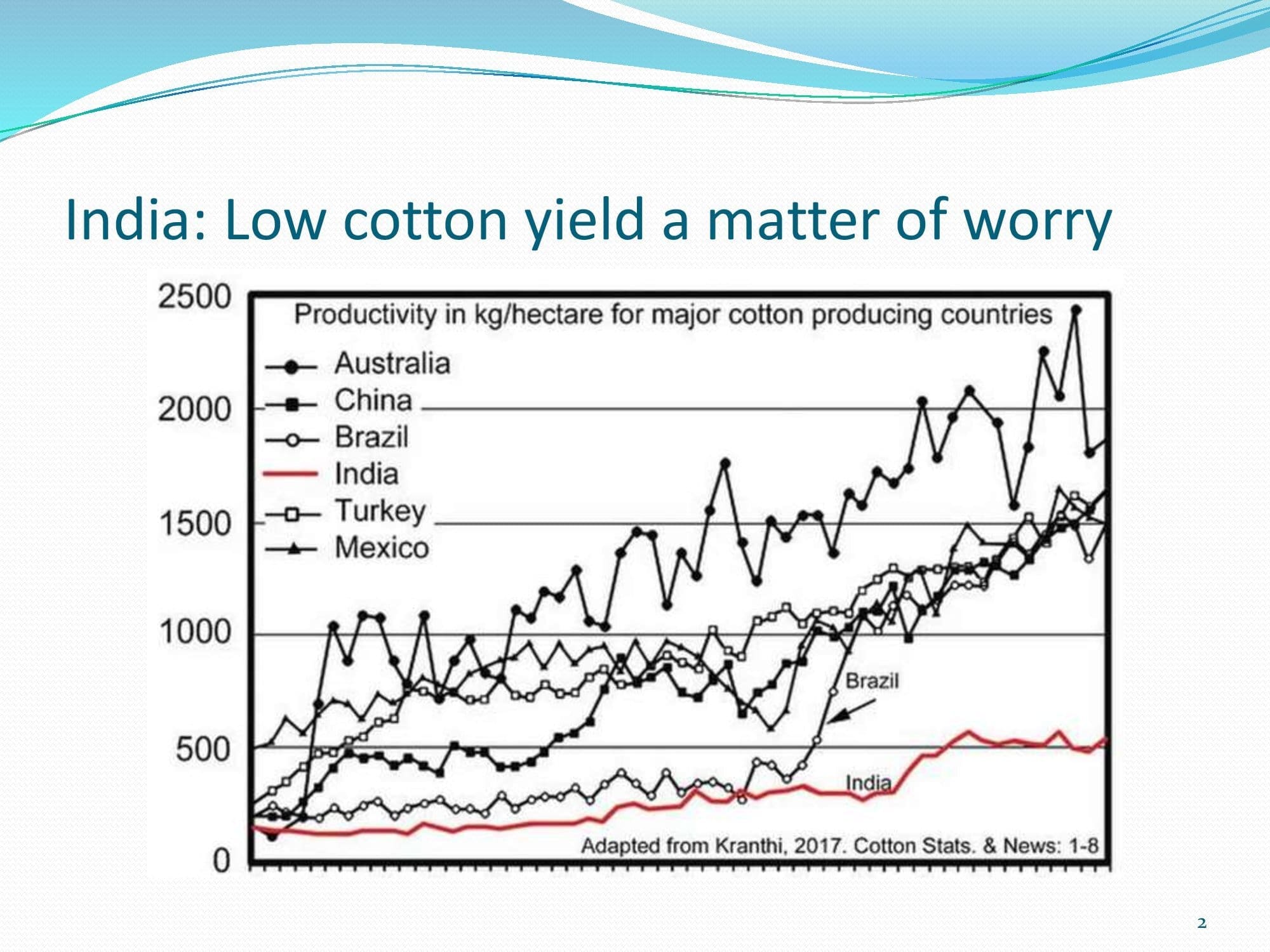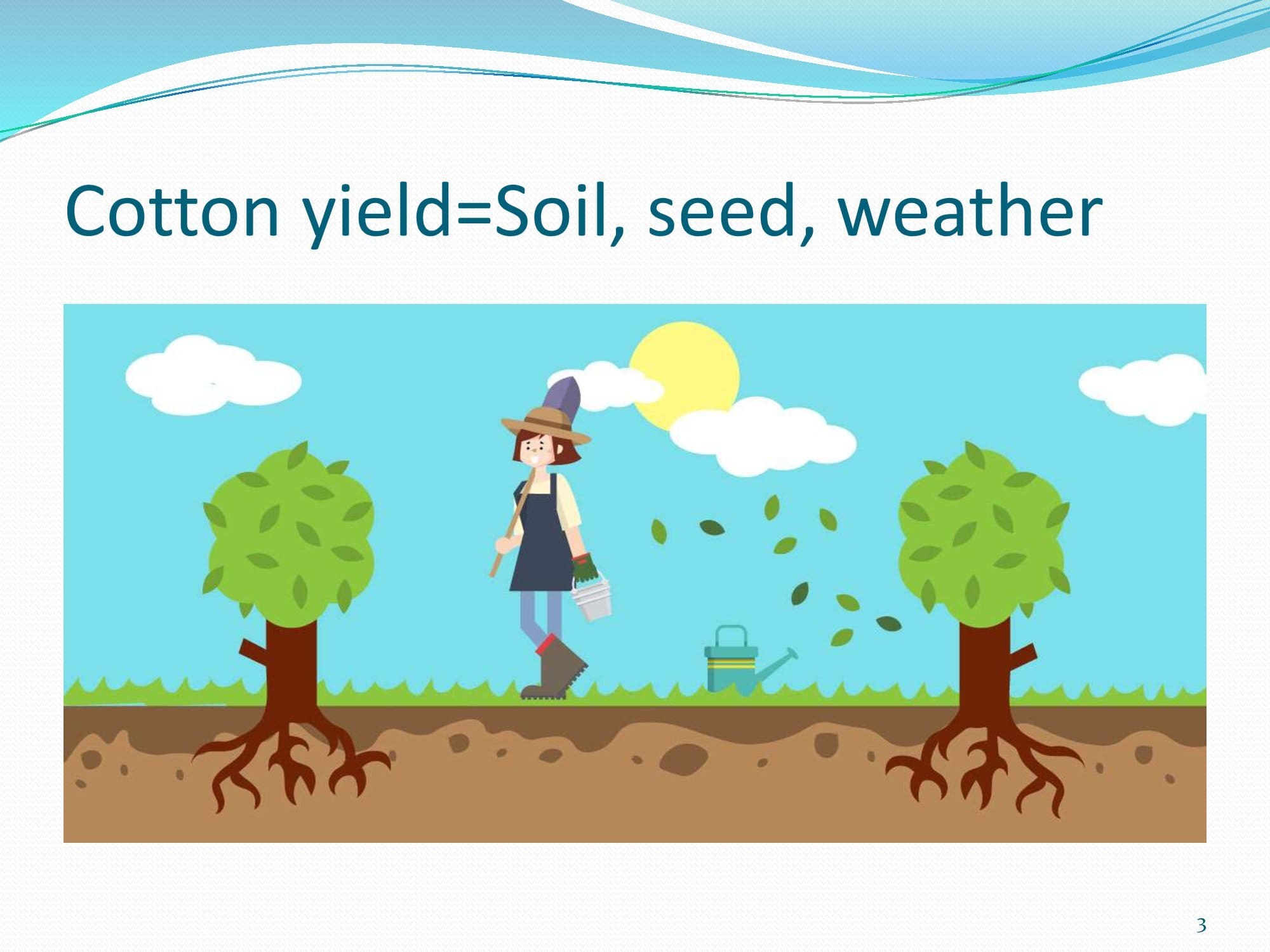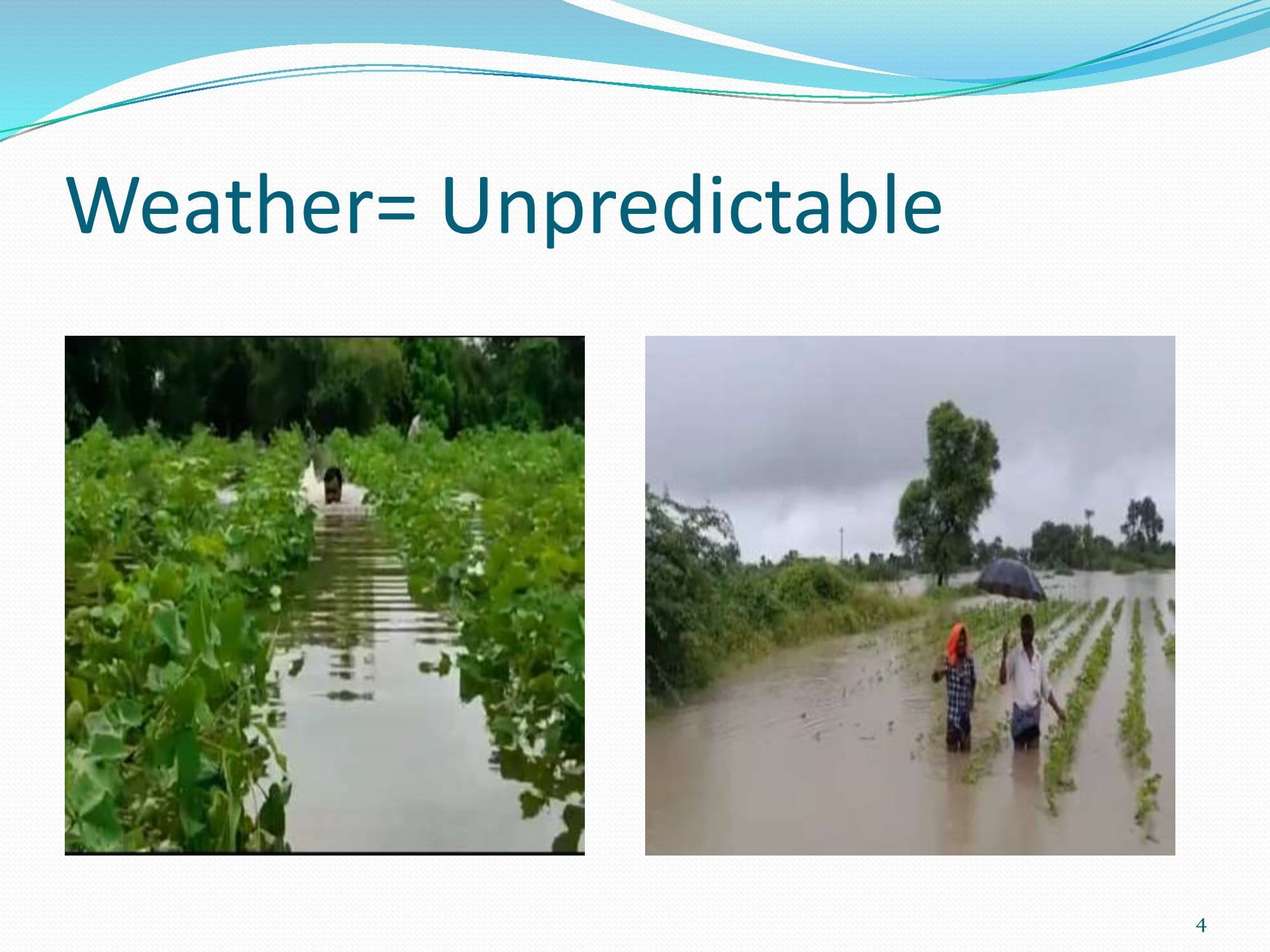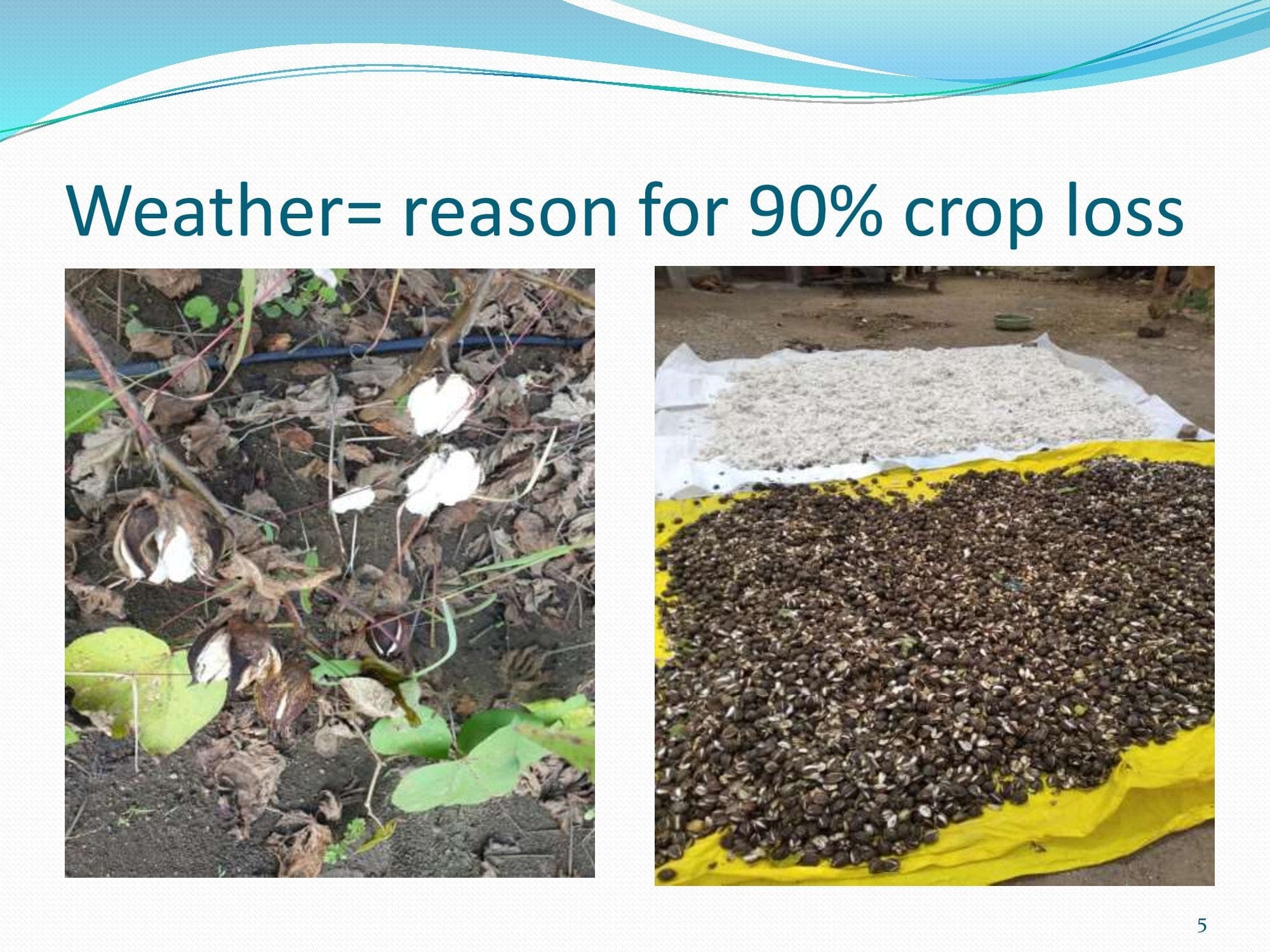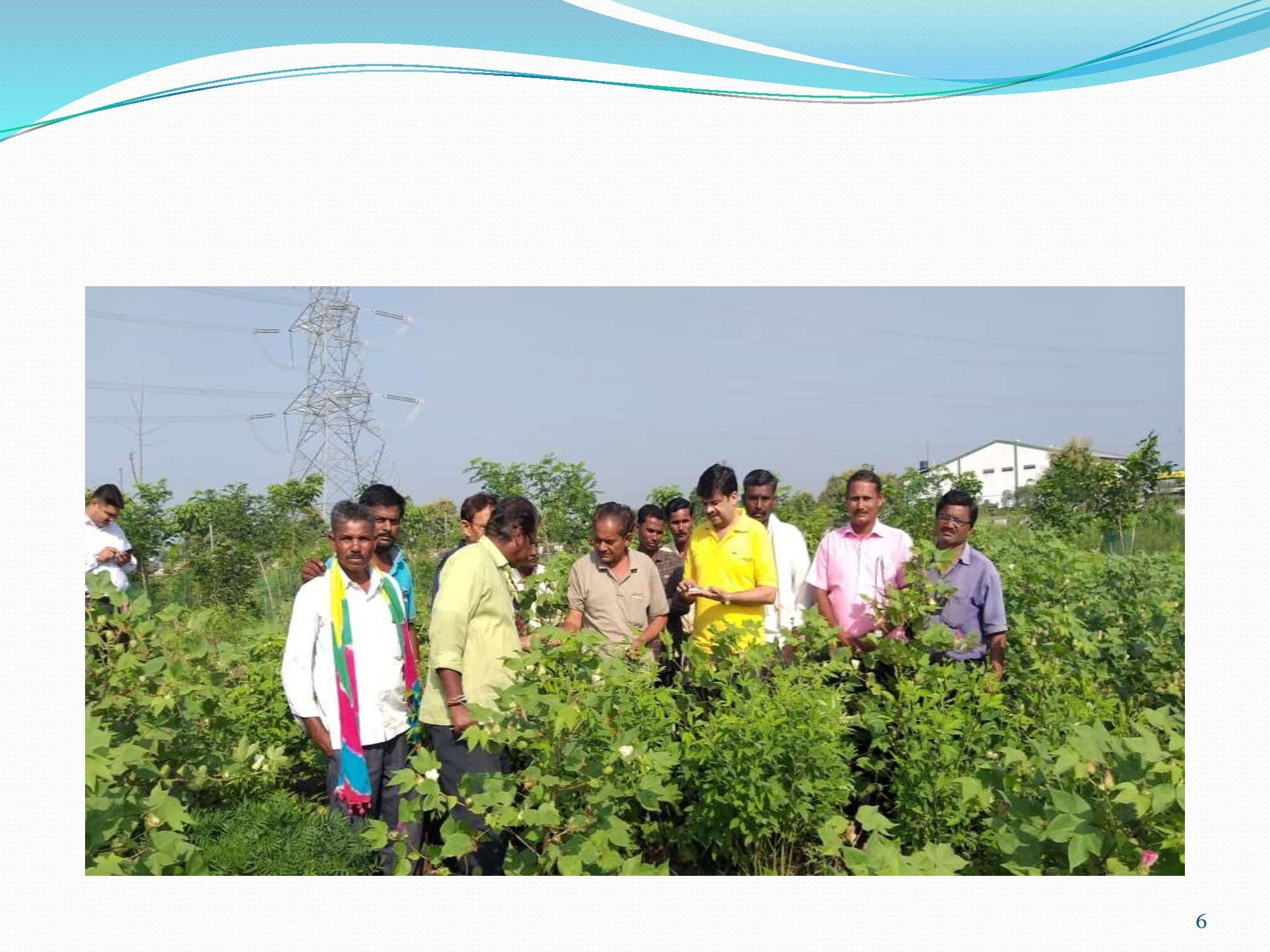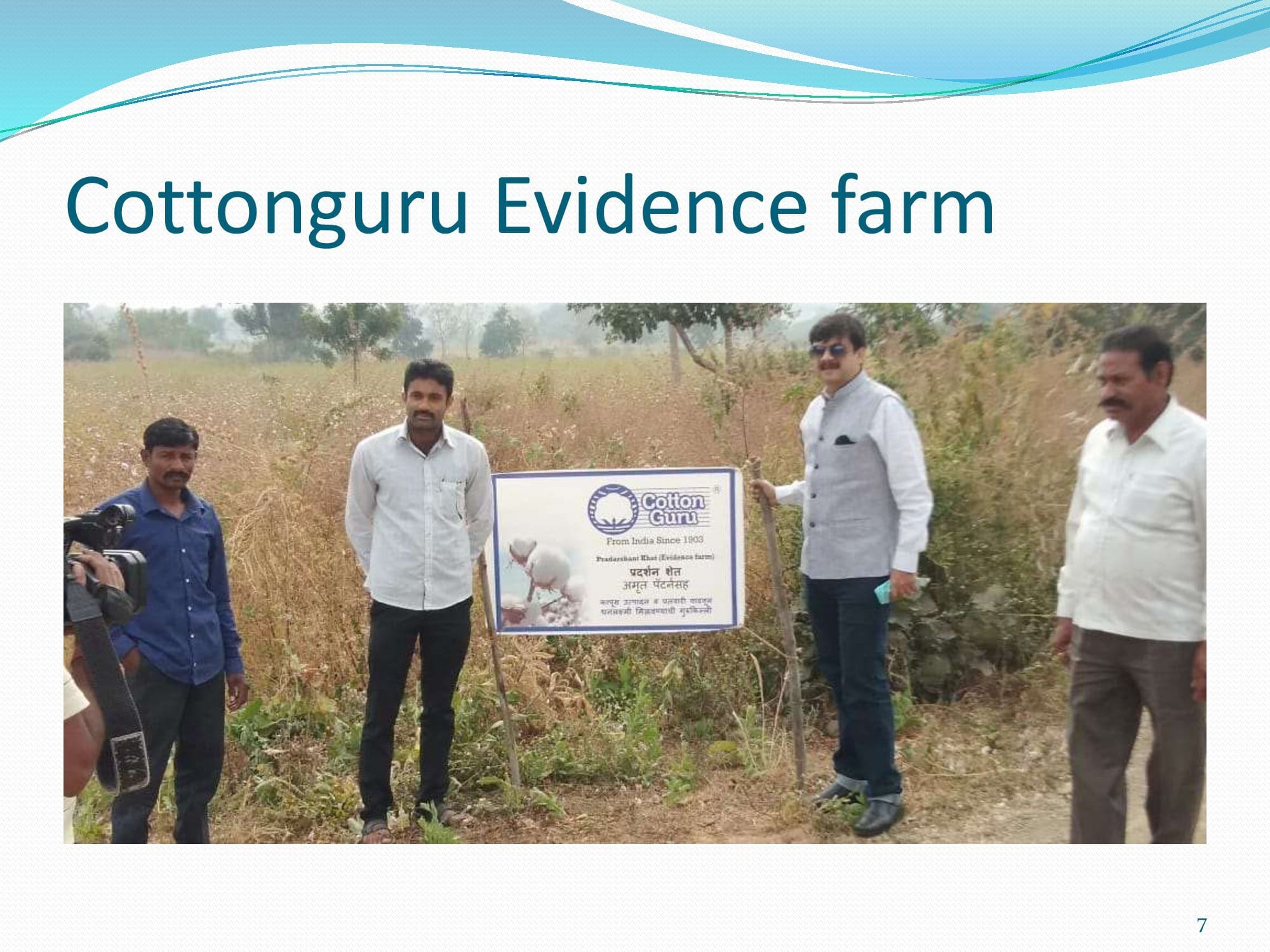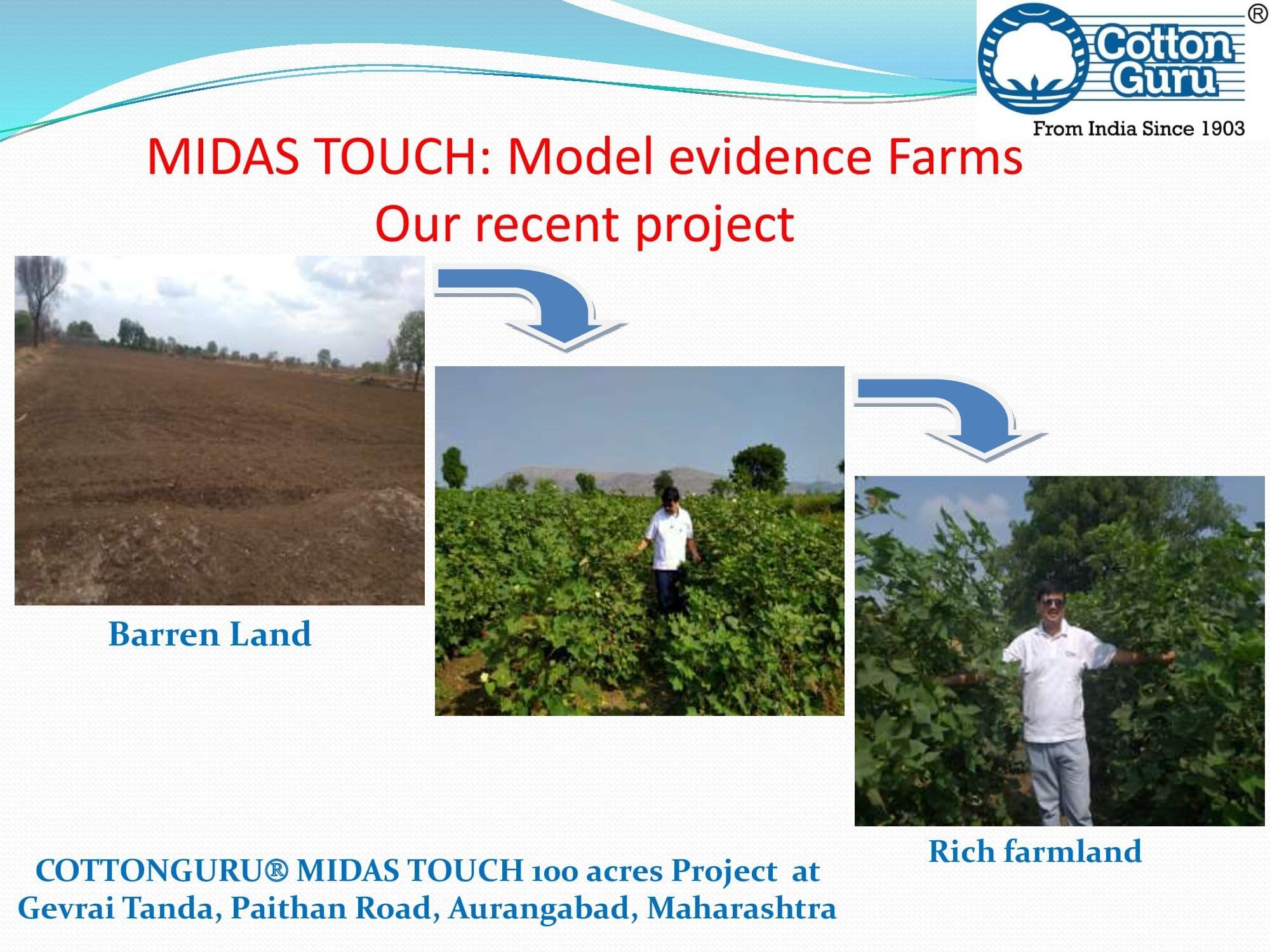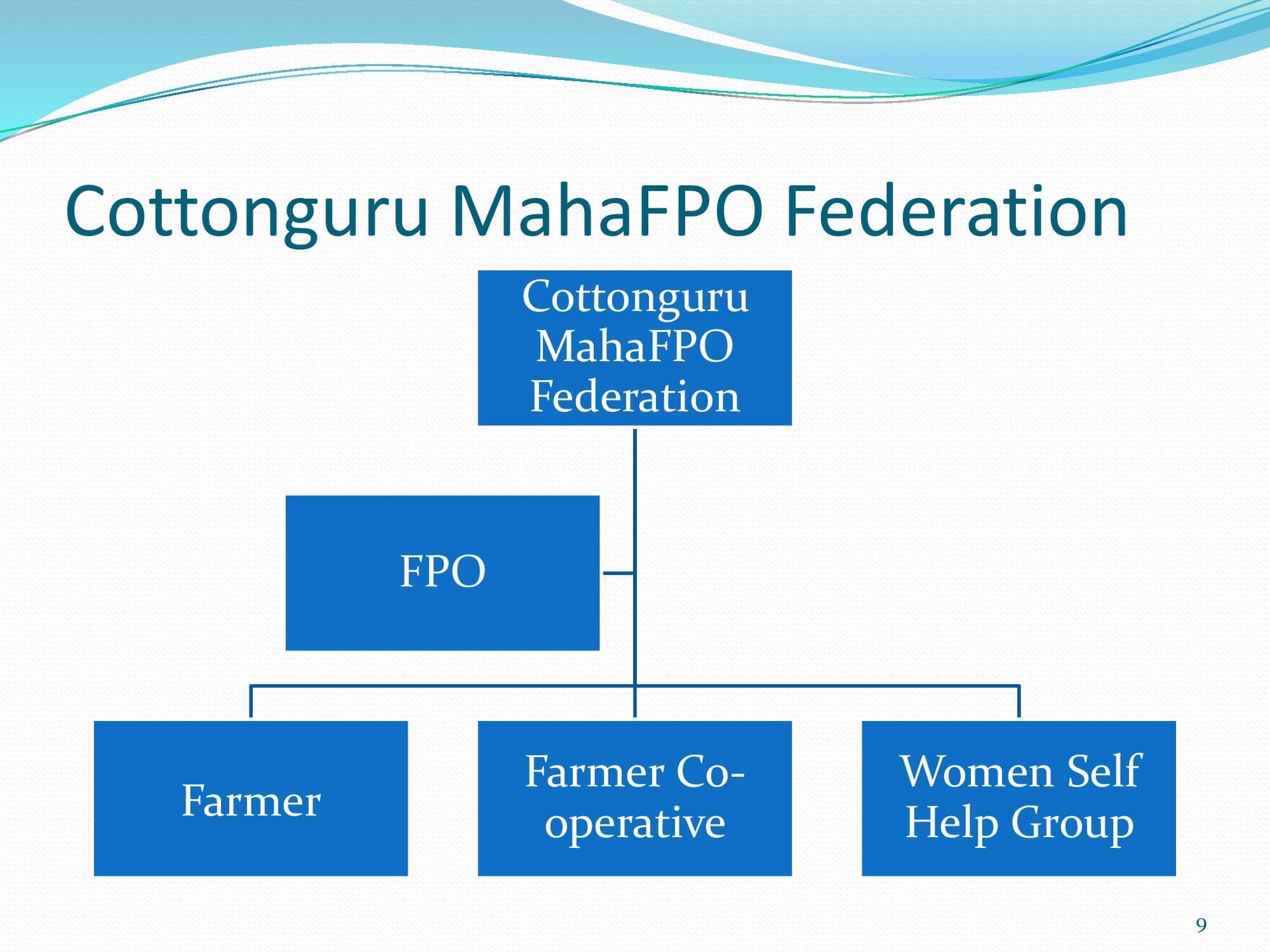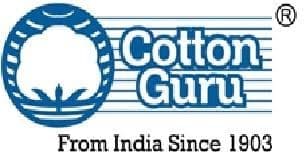Cotton Conclave 2020 was organized by COTTONGURU® on 7th Oct, 2020 to celebrate World Cotton Day. It was a virtual event supported by BSE, Indocount Industries, Shree Radhalakshmi Group and Edelweiss.
Following eminent dignitaries shared their views and possible solutions for the problems faced by farmers and the cotton industry.
Mr Manish Daga, MD, COTTONGURU®
Mr. Suresh Kotak, Chairman, Kotak Group
Mr. Ashishkumar Chouhan , MD & CEO, BSE
Mr. Kai Huges, Executive Director, ICAC, USA
Mr. Dr C.D.Mayee, President, South Asia Biotech Centre
Mr. Dr Keshav Kranthi, Head of Technical Information Section, ICAC, USA
Mr. Atul Ganatra, President , Cotton Association Of India
Dr Sudhir Goel, Former Additional Chief Secretary, Agri & Mrkt, Govt of Maharashtra
Mr. G.Chandrasekhar, Economic Advisor IMC Chamber and Director IMC-ERTF
Mr. K.K.Lalpuria, CEO & Director Indo Count Industries Ltd
Dr Mohammad Negm, ICRA-ICAC, Egypt
Mr.Amrutrao Deshmukh, farmer leader with cotton yield of 50 quintals per acre awarded by COTTONGURU® IN 2018
Mr. Samarth Tupkar, student of Agriculture, future of India
The Cotton Conclave began with a welcome address by Mr Manish Daga, MD, COTTONGURU®.
Excerpts of the speech:
Cotton: the USP of India
Cotton is the cash crop & the social crop of the world, especially so in India. Since centuries, cotton and cotton fabrics have been the main reason for India being a world leader. In short, Cotton is the USP of India. India has the distinction of being the biggest producer, 2nd largest consumer and amongst the Top 3 exporters of cotton.
Cotton has a documented history of over 7000 years. Our ancestors would not have continued to grow cotton if cotton farming was not profitable. It is only in the recent years that we seem to have lost our way.
Are we ready to face the alarming situation post COVID19 global Pandemic?
Almost all of the main sectors have been hit very badly by the lockdown. Agriculture has been the only saving grace for India during the pandemic lockdown.
Has the Government and textile industry planned anything to ensure that these farmers are adequately compensated for their good work?
Government has increased the MSP but low yields and cotton procurement system needs much more improvisation in terms of aggregation and technology. The Government must realise the true potential of Farmer Producer Companies (FPOs) and promote them to help farmers focus more on their fields on their fields and yields. Besides, there is absolutely no research happening in the seeds. While the productivity of a 100% rain fed country like Brazil has reached an astronomical level of 8 bales per hectare, Indian farmers are still struggling with dismal average yield of about 3 bales per hectare.
COTTONGURU® has been promoting at various platforms that the textile industry must accept farmers as an integral part of the cotton textile value chain and incentivise farmers based on lint based marketing, contamination, etc. Contract farming is also an attractive and profitable option for the industry. It is ultimately the textile industry which will benefit in terms of quality and getting priority in exports.
We need to learn from our rich history & heritage and improvise such that it makes our present profitable and our future sustainable.
I, on behalf of COTTONGURU®, wish to suggest 3 things:
1) Promote cotton as the most natural, eco-friendly, renewable resource. We can start immediately by replacing tissue papers with cotton handkerchiefs and plastic & paper bags with cotton bags. There must be a conscious effort and roadmap to promote the use of fabrics amongst masses and cotton fibres in niche products such as technical textiles.
2) Branding of Cotton. Indian Cotton is heavily discounted because of contamination & adulteration.
The contamination problem has to be handled at farm stage for sustainable solution.
Governments and private buyers must incentivise the farmer for quality aspects like
- a) High Ginning out-turn
- b) Low Contamination, trash and moisture
This will benefit the farmer as well as the entire cotton textile value chain. This will help us get out of the price war and enter the domain of value. We have the example of brands like US Supima and Bayer Cotton which generate a huge premium because of effective branding.
3) AMUL successfully launched the 1st White Revolution in milk. Similarly, I propose that we launch the 2nd White revolution in cotton, “the Swachha Kapas Abhiyan” and rediscover the economics of Cotton such that it contributes to increasing
- National GDP.
- Employment & Entrepreneurship.
- Income of farmers and all stake holders of Cotton textile industry.
- The uninterrupted supply of contamination free cotton to the textile industry.
We can thus achieve the national target of “Doubling farmers Income” without putting additional pressure on the Govt. Treasury.
—end of speech—
This was followed a short film on FARMATHON, World’s 1st ever farmers’ marathon organised by Cottonguru in 2019 followed with an address by Mr. Purshottam Rupala, Union Minsiter of State for Agriculture and Animal welfare, Gujarat appreciating Cottonguru for efforts to uplift the farmers.
Associations:
Mr. Kai Huges, Executive Director, ICAC, USA congratulated everyone on the occasion of World Cotton Day stressing on the importance of cotton in our lives.
Mr. Atul Ganatra, President , Cotton Association Of India (CAI) informed about the Indian cotton crop being 355 lakh during season 2019-20. Crop expected during new season is looking good right now. He shared his concern about the Minimum Support Price (MSP) of cotton which is much higher than the current market prices which is hampering normal trade. Also he requested the ginning factories to ensure better packaging of cotton bales so improve the image of Indian cotton.
Economists:
Mr. Suresh Kotak, Chairman, Kotak Group commonly known as the “Cotton Man” of India, congratulated Cottonguru for integrating the farmers with focus on quality and value addition of cotton. He highlighted the economic importance of cotton and stressed on the urgent need to realize the true potential of cotton and it’s value added products and by-products. Various options of cotton applications can be explored and capitalized.
Mr. G.Chandrasekhar, Economic Advisor IMC Chamber and Director IMC-ERTF spoke about the significance of cotton as a global commodity influencing the policies of many Governments. The on-going trade wars are also mainly about commodities.
Govt Officials/ Agriculture Experts:
Dr Sudhir Goel, Former Additional Chief Secretary, Agri & Mrkt, Govt of Maharashtra shared his expert opinion on the urgent need to develop an effective eco-system with professional service providers like Cottonguru as an compulsory part of the value chain.
Research Scientists:
Dr C.D.Mayee, President, South Asia Biotech Centre highlighted the importance of research and technology in improving the yield and quality of cotton.
Dr Keshav Kranthi, Head of Technical Information Section, ICAC, USA shared how India
Can follow the example of Brazil which increased it’s yield by 400% in the early 90’s with innovation spacing of sowing as well as mechanized harvesting. He showed confidence in high density plantation for India if adopted systematically.
Dr Mohammad Negm, ICRA-ICAC, Egypt spoke about his country’s experience with extra long staple (ELS) cotton. Egypt has effectively branded their Giza cotton. He said that they badly need a “Cottonguru’ in Egypt and invited “Cottonguru’ to immediately start an office in Egypt to work with the farmers for contamination free cotton.
Industry:
Mr. K.K.Lalpuria, CEO & Director Indo Count Industries Ltd stressed on the need of the textile industry for quality cotton. He expressed his desire to build a supply chain for extra-long staple (ELS) cotton.He invited Cottonguru to help Indocount to develop the same.
Professional Agri Entrepreneur
Mr Manish Daga, MD, COTTONGURU®, the organisor of Cotton Conclave® welcomed all the global thought leaders who shared their expert views . He also thanked the office bearers and members of Farmer Producer Organisations (FPOs) and thousands of farmers who had logged in to watch the unique event.
Excerpts of speech by Mr. Manish Daga (PPT is attached for reference)
There is a lot of concern about low cotton yields in India. Cottonguru has been associated with over 100,000 farmers across India representing distinctly different agro-climatic conditions. Can we have the same standard of solutions for all these farmers? Maybe…maybe not.
It is very clear that cotton yield depends on 3 main things: Soil, seed and weather. I will like to start with a quote from Sadhguru that A Rich Soil Is An Insurance for Future Generations. You need to put the organic matter back into the soil. The only way to do this is with leaves from the trees or with animal waste. Today, we find no trees and animal in most Indian farms. We need to create a process where tree planting and cattle rearing is lucrative for the farmer. Need to have an economic plan with an ecological impact.
The 2nd issue of seeds needs to be tackled more at the Govt level applying the tremendous advancement in technology across the globe in Indian context. 3rd comes the weather. We all have found our means to combat weather changes within our homes and offices. But have we thought about the farmers?
The U.S. Department of Agriculture estimates that 90% of crop losses are related to extreme weather. We need to have a futuristic and visionary approach for “Climate resilient agriculture’.
COTTONGURU®’s passionate journey with farmers started in 2007, the year of maximum farmer suicides. The passion was to show a ray of light to the distressed farmers. Living with the farmers, we realised the factual humanitarian reason for their suicides while most of us were deliberating on clinical analysis. The passion soon converted to a mission.
We started with value addition by training farmers for organic and better quality conventional cotton, making clusters for aggregation and marketing.
Understanding the farmers’ mind-set of ‘seeing is believing’, we created Cottonguru Pradarshan Khet or Evidence farms. We encouraged the concept of ‘farmer train farmer’ in these model farms.
We then involved corporates in “Contract farming’ and professionally helped them convert their large holdings of cultivated and non-cultivated plots into rich farmlands. These projects are called “Cottonguru Midas Touch farms’. Over the years, this relationship has extended to 100,000+ farmers and 100+ Farmer Producer Organisations (FPOs).
The thought of creating a MahaFPO Federation came after earnest pleas from many FPOs to create a sustainable ecosystem where other FPOs get business and grow. Cottonguru MahaFPO Federation is the model face farmer producer company which helps other FPOs to market their produce, negotiate discounts on agri-input purchases and assists in adoption of latest technology.
—end of speech—
This was followed by the Award ceremony for
The most innovative cotton farmer (3 awards)
The best FPO In Special Category (2 awards)
The best Cotton FPO (3 awards)
During the award ceremony, there was live discussion with farmers from their field and with Directors of Farmer Producer Organisations (FPOs).
Conclusion:
Indian cotton has made remarkable advancement during 2003 and 2009 but the yield has stagnated and quality has deteriorated in the last few years. India is losing more than 1 billion US dollars in value terms against the least contaminated growths. This is the main reason for farmers’ distress as well as suicides and also disparity amongst the entire supply chain.
It is high time we unlock the true potential of cotton and value added products such that we identify and enhance their derived demand.
Indian cotton textile industry has the potential to scale new heights and we can achieve both the targets of Doubling Farmers’ income and Textile turnover of USD 300 billion in the next few years by initiating the 2 missions of
- 2nd White Revolution (similar to the 1st White revolution of AMUL in milk):
To address
- Quantity: ‘Agriculture by design’ with Increased yield levels,
- Quality: Industry specific quality with reduced contamination levels,
- Cost: Minimise the cost of production and processing by use of cost-effective technology,
- Utilise the capacity of FPOs for aggregation and segregation of cotton and build sustainable, traceable and profitable marketing supply chains with buyers
- Swachh Cotton Abhiyan:
Increase value of cotton and value added products with more transparency, traceability and integrity adopting bale identification system, mandatory Press Mark and atleast 5% testing of pre-shipped cotton. It will benefit not only Ginners and farmers but also the entire cotton Value chain of Indian Cotton Textile industry.
Indian farmers & processors can generate a premium of over 5% if these solutions are implemented with immediate effect.
COTTON CONCLAVE 2020-COTTONGURU Speech with PPT World Cotton Day
PICTURE 1 Sustainable & profitable cotton eco-system
There have been very interesting discussions on a variety of subjects starting from economics to yield to market commercials.
PICTURE 2. LOW YIELDS
There is a lot of concern about low cotton yields in India. Cottonguru has been associated with over 100,000 farmers across India representing distinctly different agro-climatic conditions. Can we have the same standard of solutions for all these farmers? Maybe…maybe not.
PICTURE 3. SEED,SOIL,WEATHER
It is very clear that cotton yield depends on 3 main things: Soil, seed and weather.
Will like to start with a quote from Sadhguru that A Rich Soil Is An Insurance for Future Generations.
You need to put the organic matter back into the soil. The only way to do this is with leaves from the trees or with animal waste. Today, we find no trees and animal in most Indian farms. We need to create a process where tree planting and cattle rearing is lucrative for the farmer. Need to have an economic plan with an ecological impact.
The 2nd issue of seeds needs to be tackled more at the Govt level applying the tremendous advancement in technology across the globe in Indian context.
PICTURE 4. Weather= Unpredictable
3rd comes the weather. We all have found our means to combat weather changes within our homes and offices. But have we thought about the farmers?
PICTURE 5. CROP LOSS
The U.S. Department of Agriculture estimates that 90% of crop losses are related to extreme weather. We need to have a futuristic and visionary approach for “Climate resilient agriculture’.
PICTURE 6. Cottonguru with farmers in fields
COTTONGURU®’s passionate journey with farmers started in 2007, the year of maximum farmer suicides. The passion was to show a ray of light to the distressed farmers. Living with the farmers, we realised the factual humanitarian reason for their suicides while most of us were deliberating on clinical analysis. The passion soon converted to a mission.
We started with value addition by training farmers for organic and better quality conventional cotton, making clusters for aggregation and marketing.
PICTURE 7. Cottonguru Evidence farm Projects
Understanding the farmers’ mind-set of ‘seeing is believing’, we created Cottonguru Pradarshan Khet or Evidence farms.
We encouraged the concept of ‘farmer train farmer’ in these model farms.
PICTURE 8. Cottonguru Midas Touch Projects
We then involved corporates in “Contract farming’ and professionally helped them convert their large holdings of cultivated and non-cultivated plots into rich farmlands. These projects are called “Cottonguru Midas Touch farms’
Over the years, this relationship has extended to 100,000+ farmers and 100+ Farmer Producer Organisations (FPOs).
PICTURE 9. Cottonguru MahaFPO Federation
The thought of creating a MahaFPO Federation came after earnest pleas from many FPOs to create a sustainable ecosystem where other FPOs get business and grow.
Cottonguru MahaFPO Federation is the model face farmer producer company which helps other FPOs to market their produce, negotiate discounts on agri-input purchases and assists in adoption of latest technology.
PICTURE 10. Cottonguru last slide
On this auspicious event of WORLD COTTON DAY, we are going to present in front of you, the best that we and our judges have identified.
We will present in front of you a leader farmer, Mr Amrutrao Deshmukh, who was awarded during our Cotton Conclave 2018 as the Best Farmer of the year for cotton yield of 50 quintals per acre against state average of less than 15 quintals per acre.
We did not end our association with him with the award. Cottonguru took along Amrutrao across Maharashtra and Gujarat during 50+ farmer workshops, visiting over 300 villages and personally meeting over 30,000 farmers promoting Cottonguru-Amrut pattern system of agriculture which has proved to be climate resilient and high yielding for many farmers.
Similarly, we will award 3 most young cotton farmers who have ensured that their cotton crops survived the vagaries of nature with innovative methods.
We will also award the Best cotton FPO for good work in cotton aggregation and value addition and there is a special category for FPOs who have done exceptional work in other agri-produce marketing.
Today, we are launching the COTTONGURU App which will be a very strong intervention in aggregation and segregation of agri-produce. This App will capture everything from farmer data verification, geo-tagging each plot, soil heath card analysis, weather reports, etc. Cottonguru MahaFPO will issue a special Digital ID card to every member farmer so that he can avail optimum discounts and premiums. Similarly agri-input companies and customers will be able to track his authenticity.
PICTURE 10. Cottonguru Midas Touch Projects
May I invite ….
